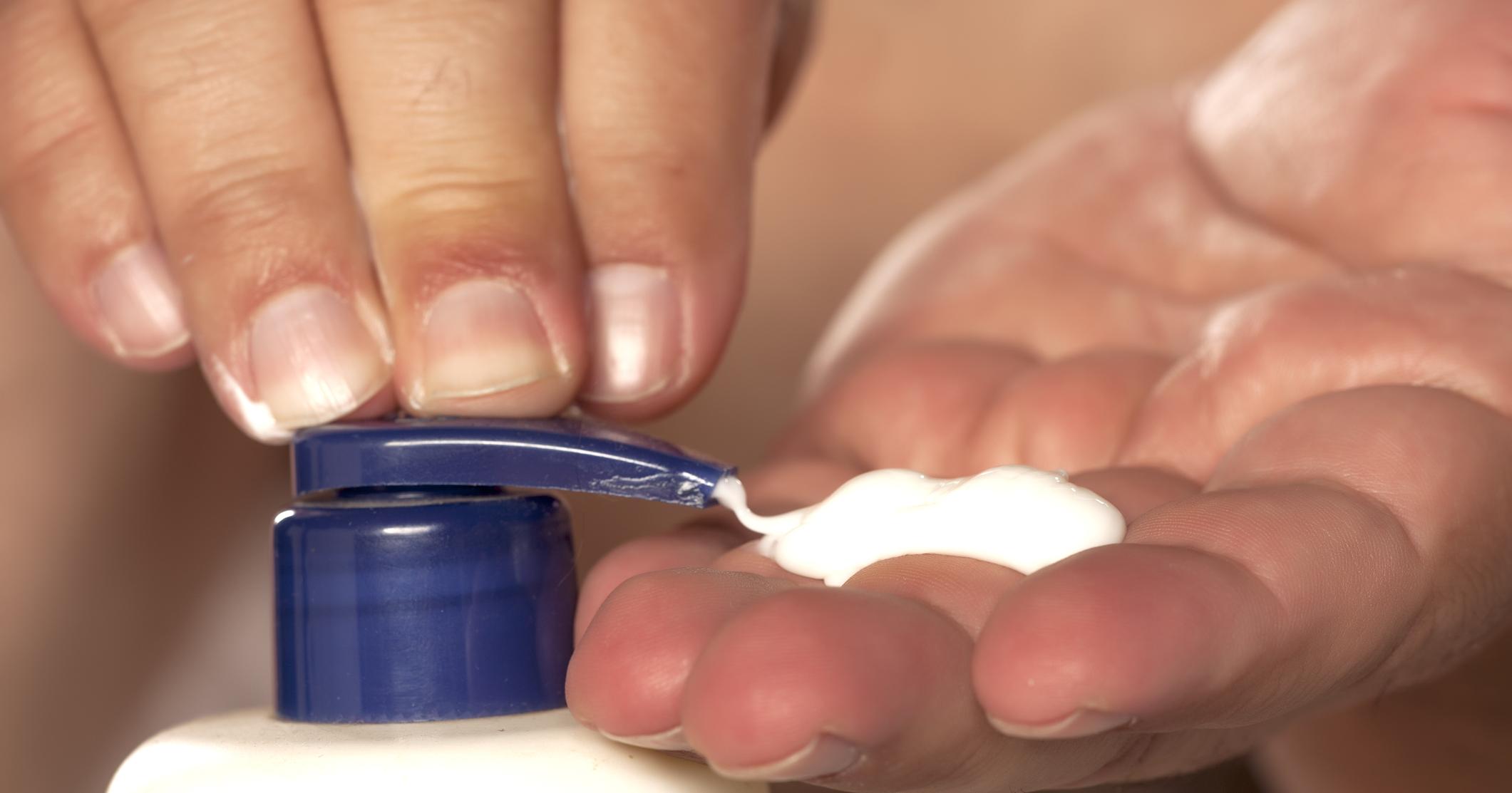Treating And Preventing Chilblains
Chilblains are red lumps that usually develop on the fingers and toes after exposure to cold. Chilblains are also known as pernio, perniosis, cold-induced vascular disorder, and chill burns. The lesions may appear purple or brown on darker complexions and are caused by inflammation of tiny blood vessels that can occur during rewarming of skin after cold exposure. Blood leaking into nearby tissue when the blood vessels expand too quickly causes swelling. This reaction can occur in any part of the body, but mainly affects the earlobes, nose, fingers, and toes. Symptoms include a burning sensation, itchiness, pain, or blistering. Risk factors include poor circulation or certain medical conditions like Raynaud's disease. Children and the elderly are most commonly affected. Most cases of chilblains resolve themselves within a few weeks, but patients should see a doctor if their condition lasts longer than three weeks or if they’re experiencing severe discomfort. Learn about how chilblains are treated and prevented now.
Use A Soothing Lotion

Patients with chilblains can use a soothing lotion to control itchiness and keep the affected areas moisturized. Chilblains can cause severe itchiness, and the excessive scratching can lead to infections, especially if blisters are present. Apply a thick layer of lotion to the area and reapply as often as necessary during the healing process. Patients can also use calamine lotion or witch hazel to help with the itching. Lanolin works well for moisturizing and relieving itchiness. Apply lanolin as a base on hands and feet before the application of calamine lotion or witch hazel. Avoid rubbing or massaging topical ointments into chilblains because it can increase swelling and irritation. Instead, use a cotton ball and dab gently. Smooth lotions or creams onto the skin with light strokes.
Keep reading for additional treatments for chilblains now.